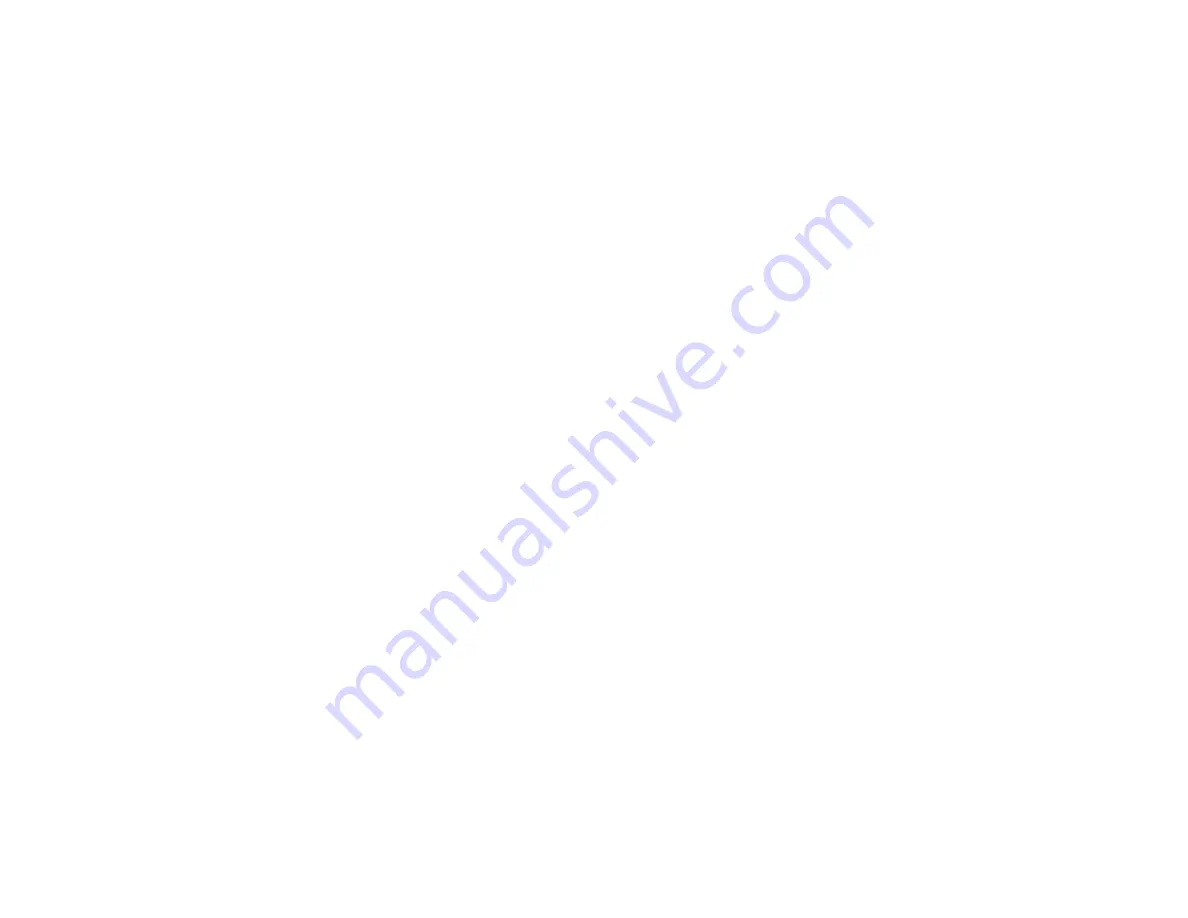
•
Do not operate any appliance with a damaged cord or plug, or
in abnormal state. The supply cord of the appliance cannot be
replaced.
If the cord is damaged the appliance should be
scrapped.
•
For safety reasons, any repair work should be done only by the
manufacturer of the products or the authorized service facility or
discard it
•
Never hang or transport the pump by means of pulling the power
cord!
•
Close supervision is necessary when the appliance is used by
or near children.
•
If you want to disconnect the pump, you can pull out the plug
and the plug must be placed where you can access it.
•
Never use any accessories which are not recommended by the
appliance manufacturer. It may result in fire, electric shock,
personal injury and/or voided warranty.
•
The pumps power should be supplied through a Ground Fault
Circuit Interrupter (GFCI) with a rated residual operating current
not exceeding 30mA.
•
Min Length of power cord is 30ft.
•
To protect against the risk of electrical shock, do not immerse
the plug in water or other liquid.
Used as
submersible
pumps (see fig. 1)
IMPORTANT: Do not let the pump run dry – this could cause damage to
the motor.
•
Submerse the pump completely in your pond so as to make the pump
body fill with water.
•
A water level of approx. 6 in. is required for submersible use in order
to prevent the pump from taking in air. (see fig.1)
•
The pump is designed to accommodate internal threads as well as
external threads through the socket (fountain jets, nozzles, water
height regulators, standpipes, etc.).
•
Running in conjunction with fountain jets, the pump should be
stationed firmly and horizontally (i.e. on a brick)
•
The pump can be switched on by simply plugging it in and switched
off by un-plugging it.
•
The water temperature should not exceed 95°F (35°C) and do not let
the pump freeze in the wintertime.
•
This appliance is not intended for use by persons, (including children)
with reduced physical sensory or mental capabilities, or lack of
experience and knowledge, unless they have been given supervision
or instruction concerning use of the appliance by a person responsible
for their safety.
•
Children should be supervised to ensure that they do not play with the
appliance.
Used as non-submersible pumps (see fig. 2)
•
Position the pump lower than the water surface on the side of the pond
so that the water can be drained to the pump because it is not self –
priming.
•
Remove the intake cover (see fig.3) and connect suction hose (A) and
pressure hose (B) from the pump. The connection should be
waterproof.
•
Fill the suction hose and pump with water before turning it on.
•
To prevent the pump from becoming clogged, provide the suction hose
with an adequate suction filter.
•
The pump is only suitable for use with GFI (ground fault interrupter)
30 mA outlet. Never let the pump run dry.
Overload Protection
The pump has a built-in thermal overload trip which prevents the pump from
overheating. The pump must be allowed to cool down before restarting. If the
pump will not start again automatically when cooling down please check the
following conditions;
•
Is there sufficient water supply?
→
add water if necessary
•
Has dirt entered the pump housing?
→
follow the cleaning
instructions below
•
Have hoses or jets become clogged?
→
Clean if necessary
•
Has the pump sufficiently cooled down after overheating?
•
As soon as you have completed this checklist, you can start the
pump again by plugging it back in.
Maintenance and Cleaning (see fig.3)
1. Follow these safety instructions. Make sure that the pump is
unplugged.
2. Press the intake cover (1) together laterally and take it from the pump
housing.
3. Loosen the 4 outer screws (9).
4. Rotate the pump housing (6) ¼ turn Counter Clockwise. Unclip it from
the motor housing (4).
5. Remove the rotor (8) from the motor housing (4).
6. Clean all parts using water and a soft sponge. In hard water conditions
a mixture of CLR and water bath is recommended.
Assembling the pump together
1. Place the rotor (8) in motor housing (4) with caution.
2. Make sure the rotor is assembled correctly and will turn freely and
check the position of the sealing ring (7) on the pump housing (6).
3. Put the pump housing (6) on and turn CW (clockwise) ¼ turn. Tighten
the 4 screws (9) uniformly.
4. Place the intake cover (1) on the pump housing (6) .








